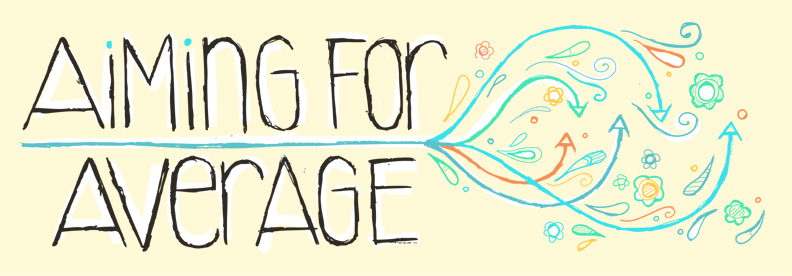One of my greatest fears as a type 1 diabetic is passing out due to low blood sugars. I’ve been fortunate to have never had this happen in the 9 years that I’ve had diabetes, but there have been enough close calls to know it would not be a very enjoyable experience. However I have had a couple unpleasant, non-diabetes related, fainting experiences.
I had gone my whole life not knowing what it felt like to faint, until a couple years ago when I was working at an art school in the summer. The first day of work, I clumsily cut a chunk of skin off my finger, right to the bone. Since the cut was so deep, I went to my doctor’s office to see if it could be stitched, and the nurse unwrapped the bandaids I had applied, before going to fetch the doctor. As I sat there with the wound unwrapped, the blood began to pool on my finger and I felt my vision slowly going darker. I think it is important to note that blood has never grossed me out or made me queasy, nor have needles or any of the other medical related necessities that seem to cause many people distress, and as my vision slowly got darker, I was thinking to myself “This is silly, I’m not panicked or grossed out at all. Why does it feel like I’m going to faint?”. Yet I fainted anyways. My blood sugars were not low, but according to the doctor, tall people (I’m a 5’10 female) are more likely to faint because their hearts must pump harder to get the blood to their heads.
In the 4 years since that initial fainting experience, I’ve fainted a few times, usually during instance when I’m in pain. On the weekend, I was walking down my stairs holding my cat, as I do a billion times a year, but this time my foot slipped on one of the lower stairs and I fell hard. Most of my weight came down on my left elbow, but after the initial moment of shock subsided, I could feel pain shooting up both my arms and my back. I’ve always had a high pain tolerance, but this didn’t stop me from passing out quickly. According to my mom, I wasn’t out for very long, but when I came to the first thing I shouted in panic was “What happened? Am I low?”. Even in this confused, hurting state, my first thought immediately went to diabetes, and my fear of fainting from a low. The pain combined with the panic made me feel like I was going to faint again and I had to lie down on the floor while my brother got my tester. My mom fed me some juice, and it wasn’t until I tested and realized I was 9.0 mmol/L (actually a bit on the high side!) that the panic subsided and I was able to calm down.
Fainting is definitely one matter that is much more complicated, and frightening, for a diabetic. Even though I’ve never passed out from a low blood sugar, I know that the fear of doing so will probably scare me any time I faint or come close to fainting. That’s just one of the scary realities of living with type 1 diabetes.




